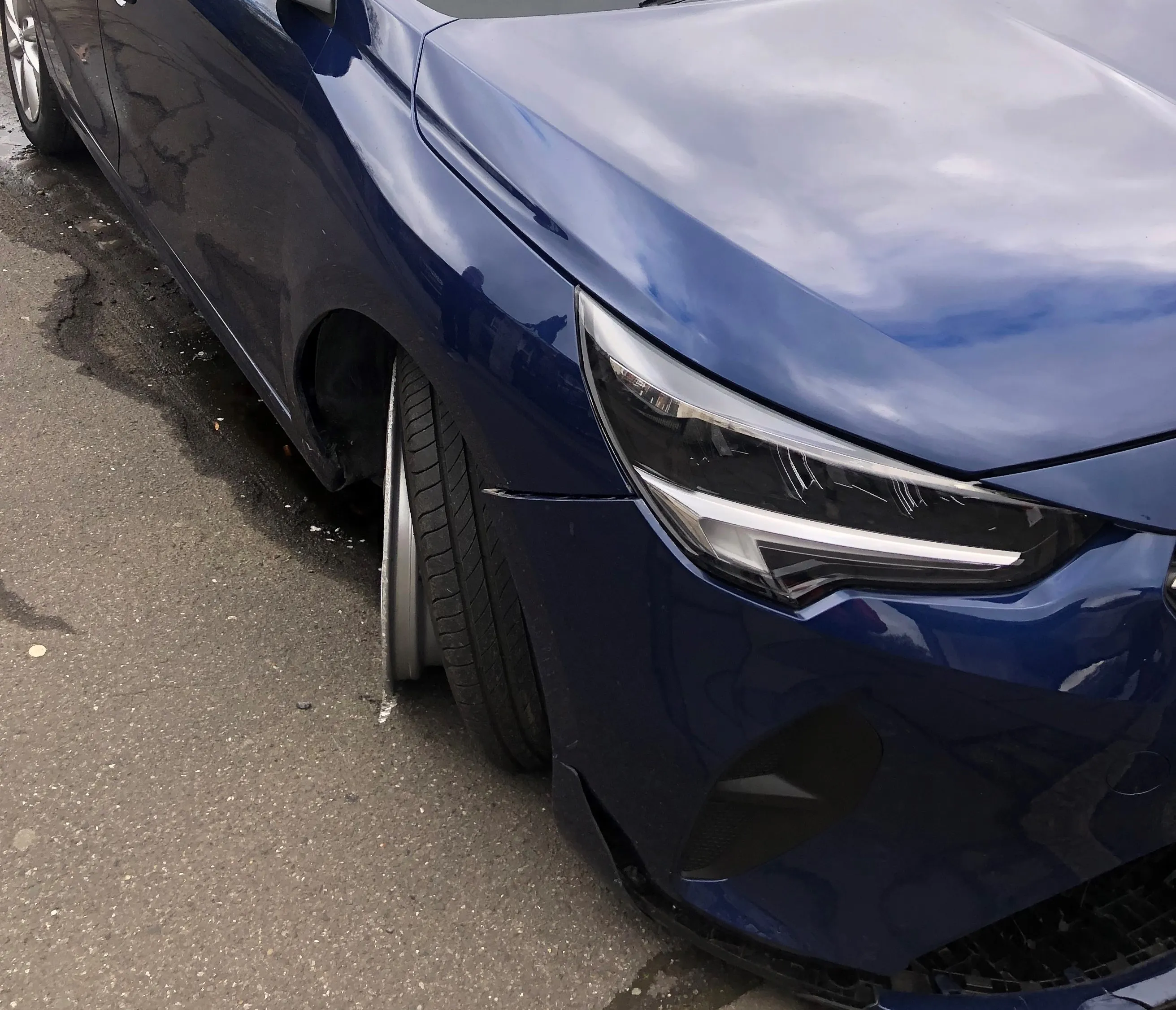The Indian Government has revealed that 146,133 people died in crashes on the country’s roads during 2015. This figure is of concern as it is an increase of 4.6% over India’s road fatality rate of 139,671 for the previous year. Also of concern is the fact that over half of the people who died in crashes were aged from 15-34, revealing that there is a particularly high risk for the young on India’s roads. The data also shows that there were 501,423 reported crashes on India’s road network in 2015, an increas
September 13, 2016
Read time: 2 mins
The Indian Government has revealed that 146,133 people died in crashes on the country’s roads during 2015. This figure is of concern as it is an increase of 4.6% over India’s road fatality rate of 139,671 for the previous year. Also of concern is the fact that over half of the people who died in crashes were aged from 15-34, revealing that there is a particularly high risk for the young on India’s roads. The data also shows that there were 501,423 reported crashes on India’s road network in 2015, an increase from the 489,400 in 2014. However, the actual figure may be considerably higher as many collisions go unreported. There were 500,279 people injured in road crashes in 2015, a rise from the 493,474 injured in 2014. On average, around 400 people/day are killed on India’s roads.
Bad driving, poor vehicle condition and inadequate road repairs and maintenance are major causes of crashes in India. Bad driving was recorded as the cause of 80% of crashes, with speeding accounted as being a contributory factor in 62% of collisions. However 13 of India’s states have a particularly high rate of crashes. Those with the worst records for road safety include: Karnataka, Kerala, Madhya Pradesh, Maharashtra, Tamil Nadu and Uttar Pradesh, accounted for more than 80% of all road crashes and fatalities.
This high road crash rate has a negative effect on India’s economy, reducing the GDP by an estimated 3%/year, according to India’s Ministry of Transport. And with the country’s road network growing fast and its total length of highways expected to increase from 96,000km to 200,000km, major action on safety is required.
India’s Ministry of Transport is developing schemes to tackle the road safety problems by identifying and upgrading badly designed road sections and using speed cameras and red light cameras. There are also plans to introduce much tougher penalties for driving offences and more effective enforcement measures.
Bad driving, poor vehicle condition and inadequate road repairs and maintenance are major causes of crashes in India. Bad driving was recorded as the cause of 80% of crashes, with speeding accounted as being a contributory factor in 62% of collisions. However 13 of India’s states have a particularly high rate of crashes. Those with the worst records for road safety include: Karnataka, Kerala, Madhya Pradesh, Maharashtra, Tamil Nadu and Uttar Pradesh, accounted for more than 80% of all road crashes and fatalities.
This high road crash rate has a negative effect on India’s economy, reducing the GDP by an estimated 3%/year, according to India’s Ministry of Transport. And with the country’s road network growing fast and its total length of highways expected to increase from 96,000km to 200,000km, major action on safety is required.
India’s Ministry of Transport is developing schemes to tackle the road safety problems by identifying and upgrading badly designed road sections and using speed cameras and red light cameras. There are also plans to introduce much tougher penalties for driving offences and more effective enforcement measures.






